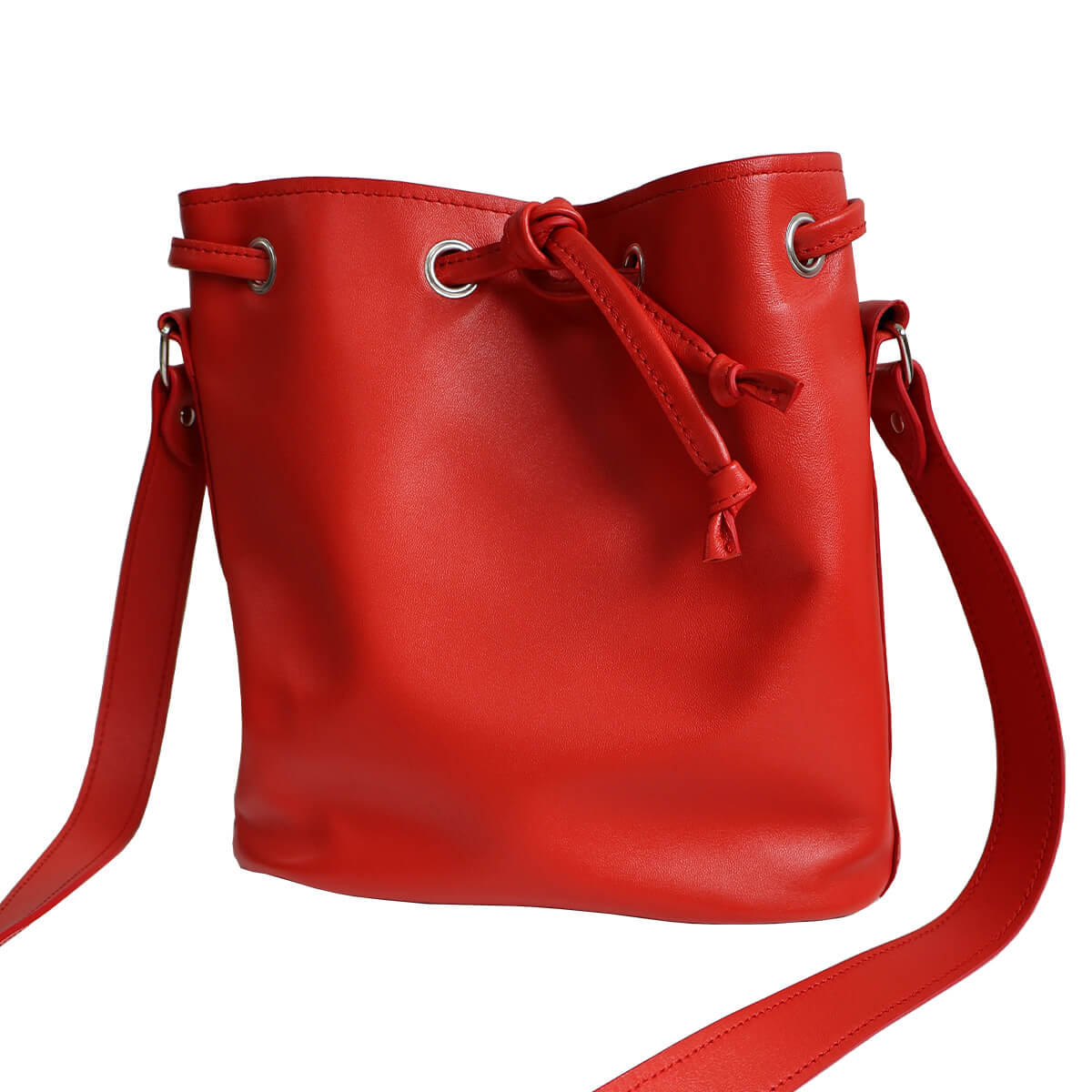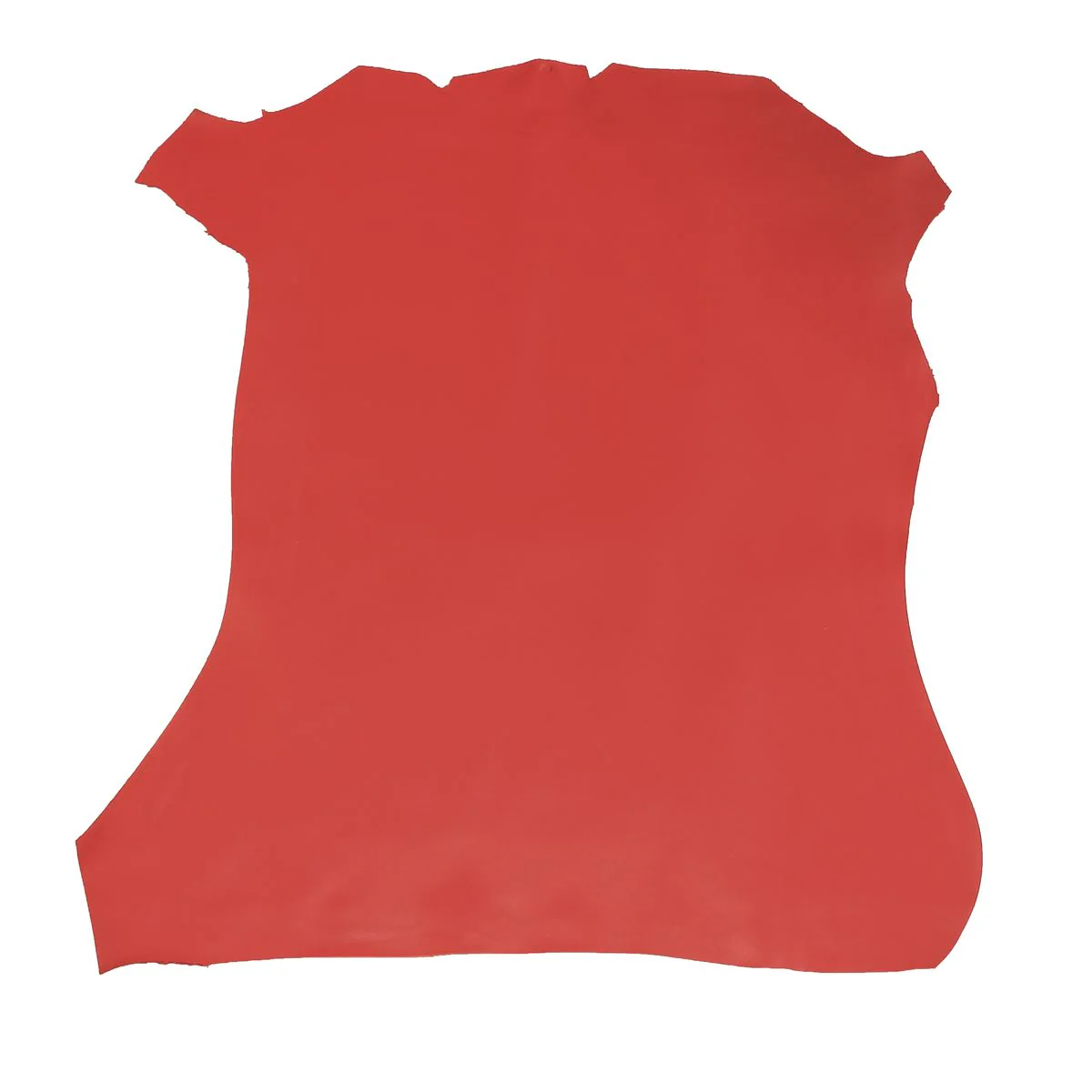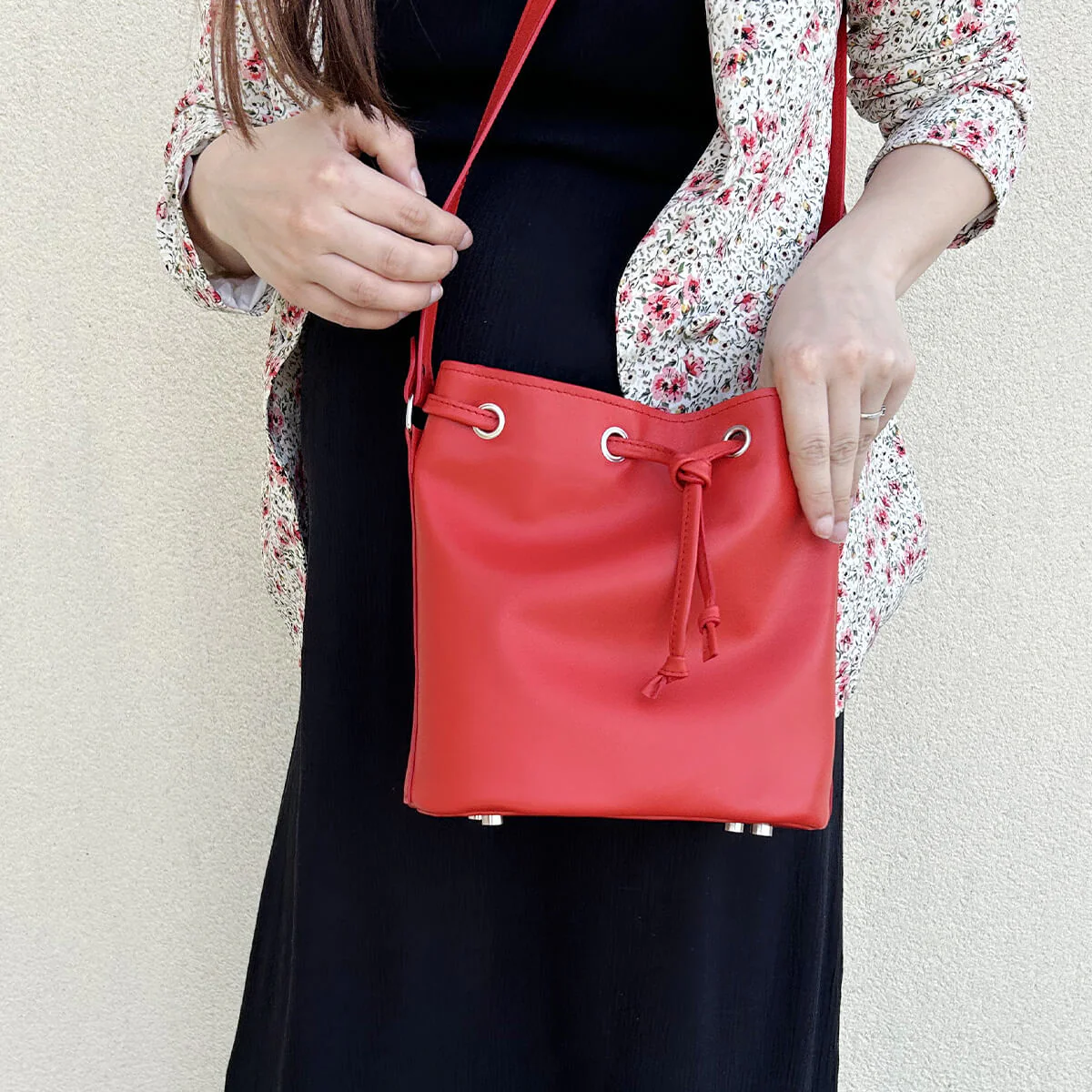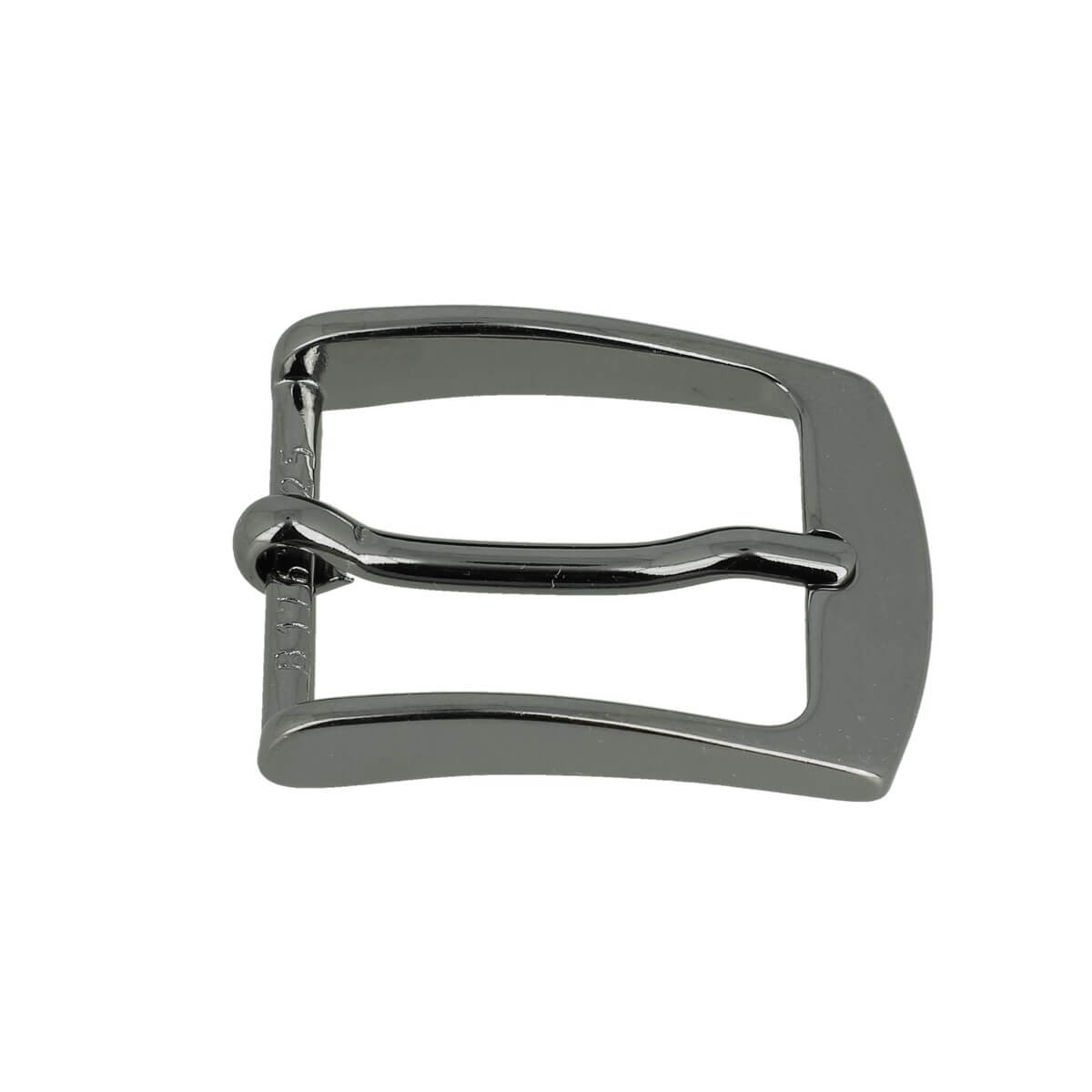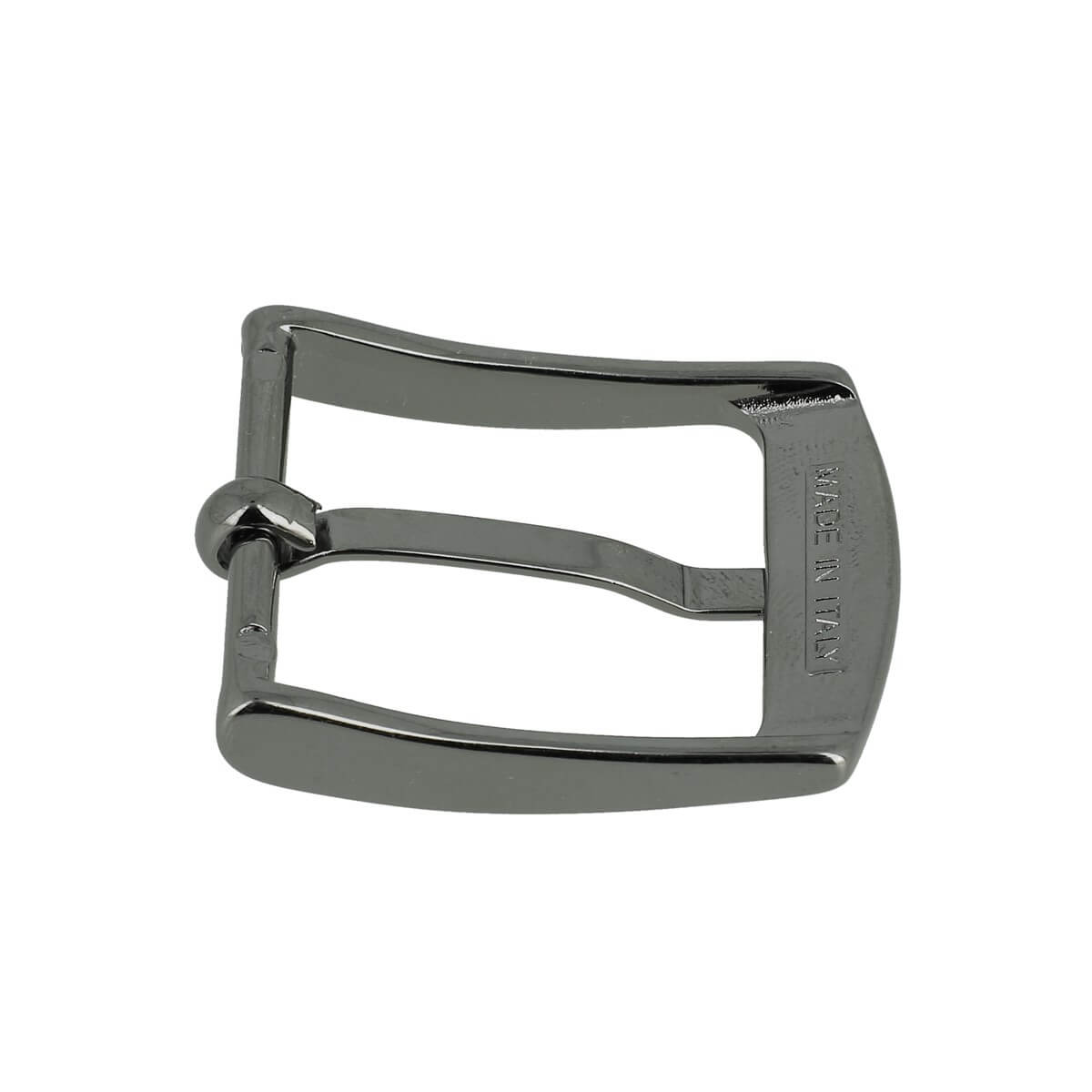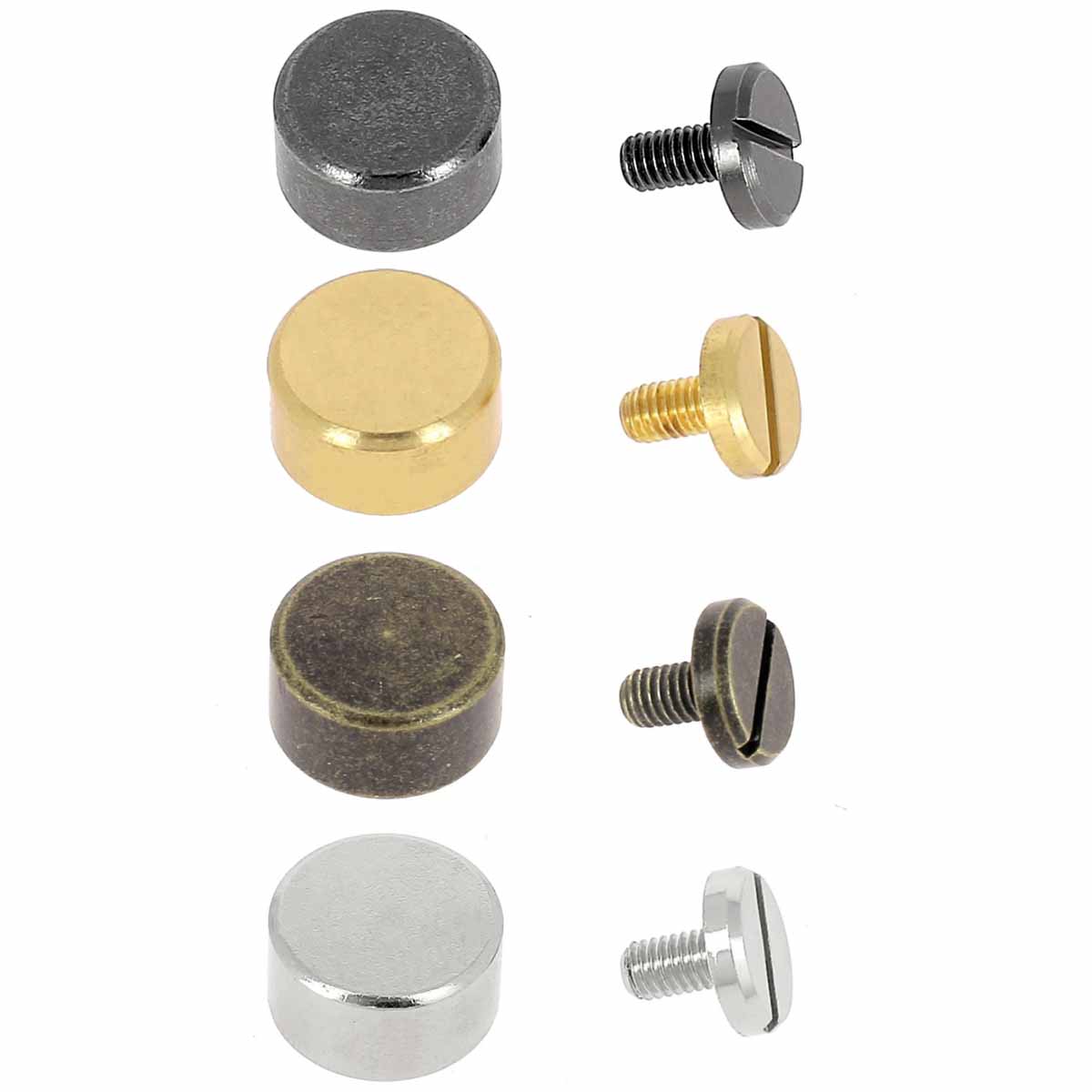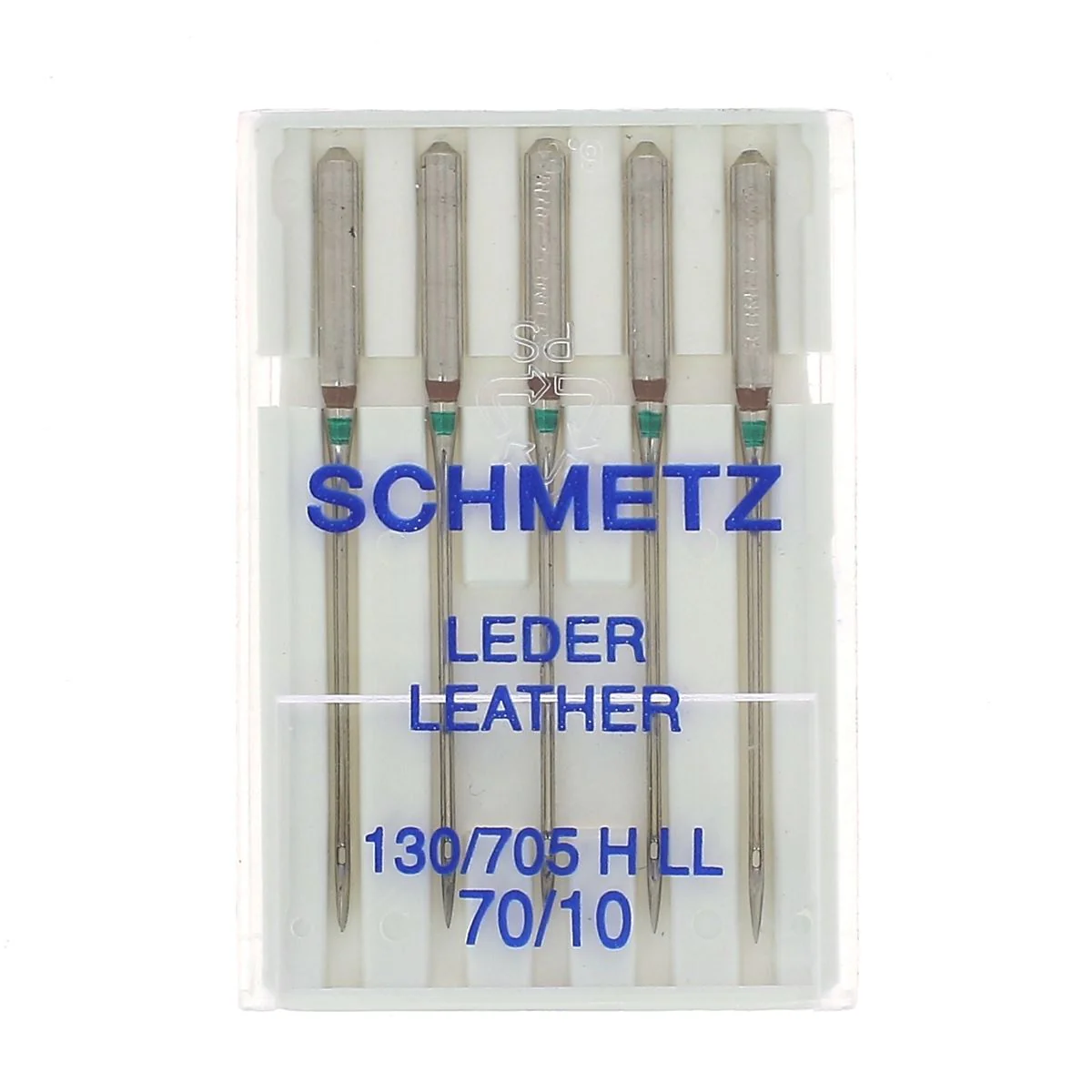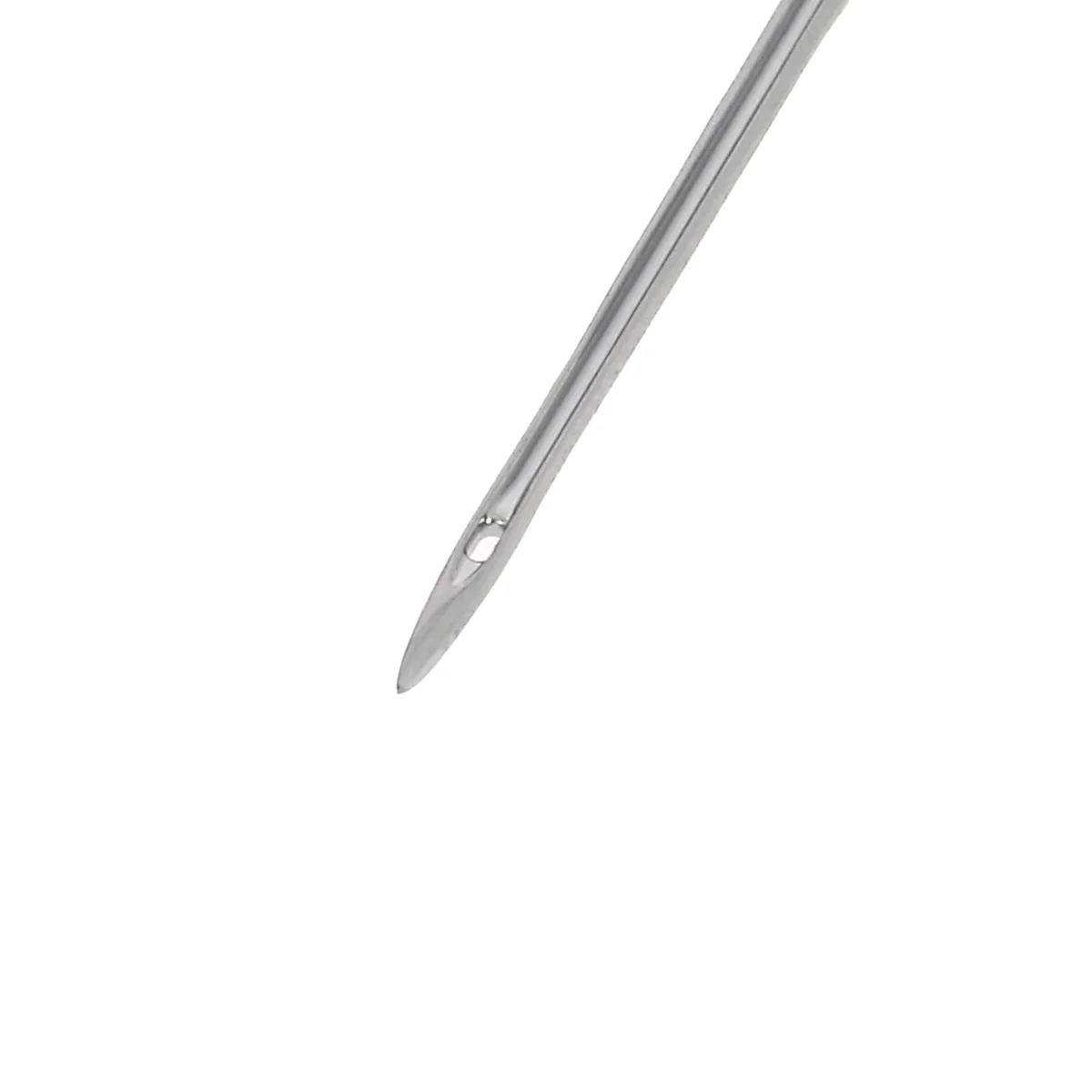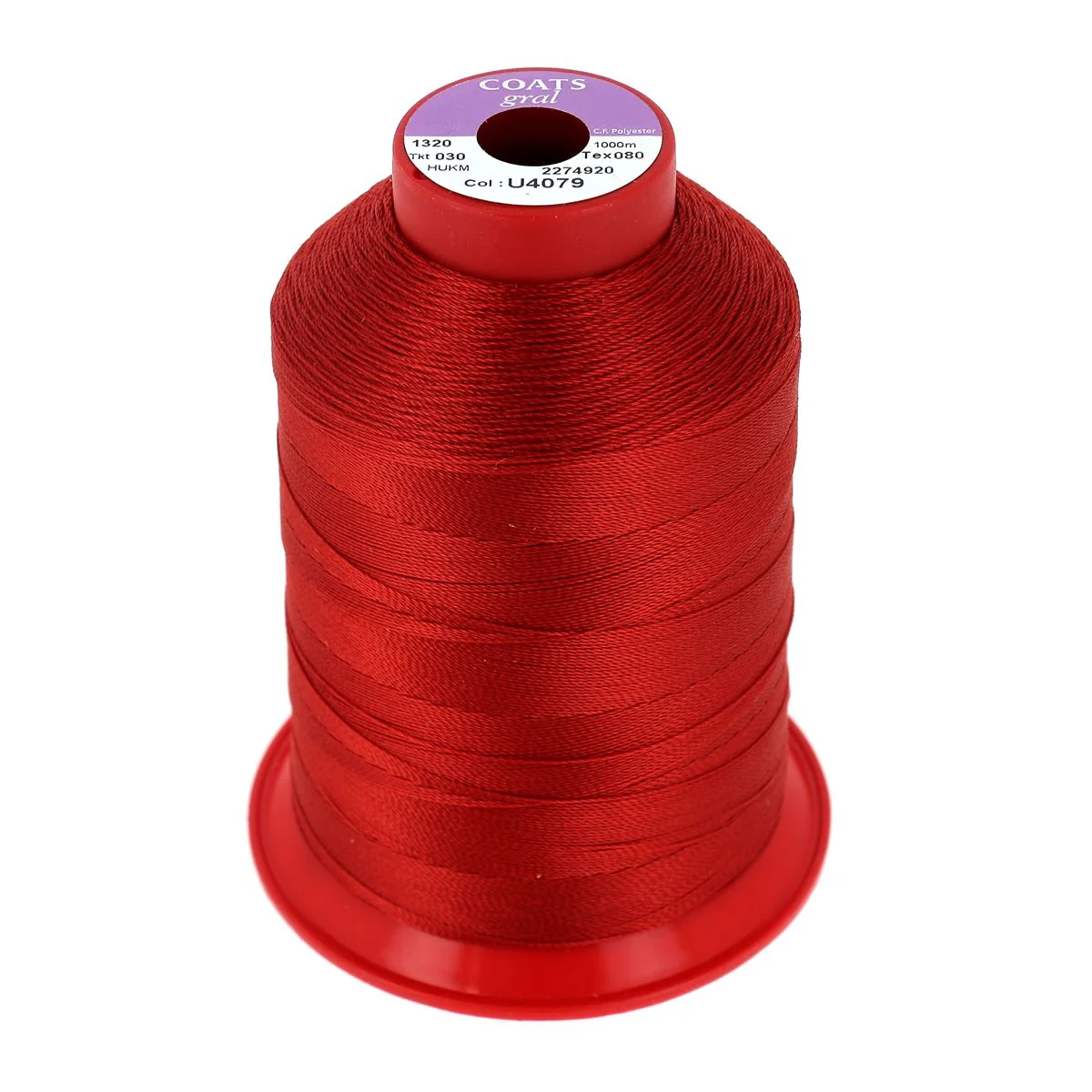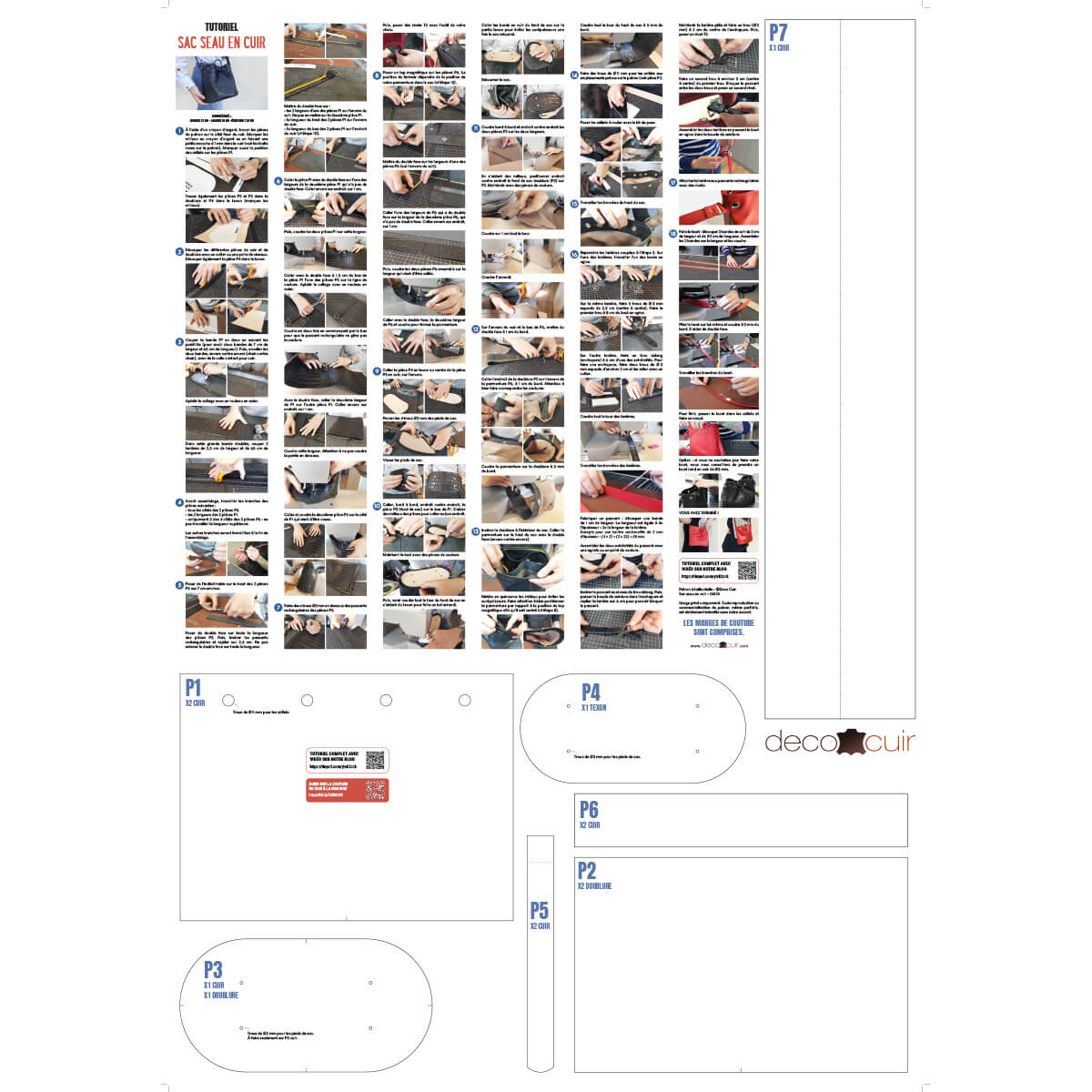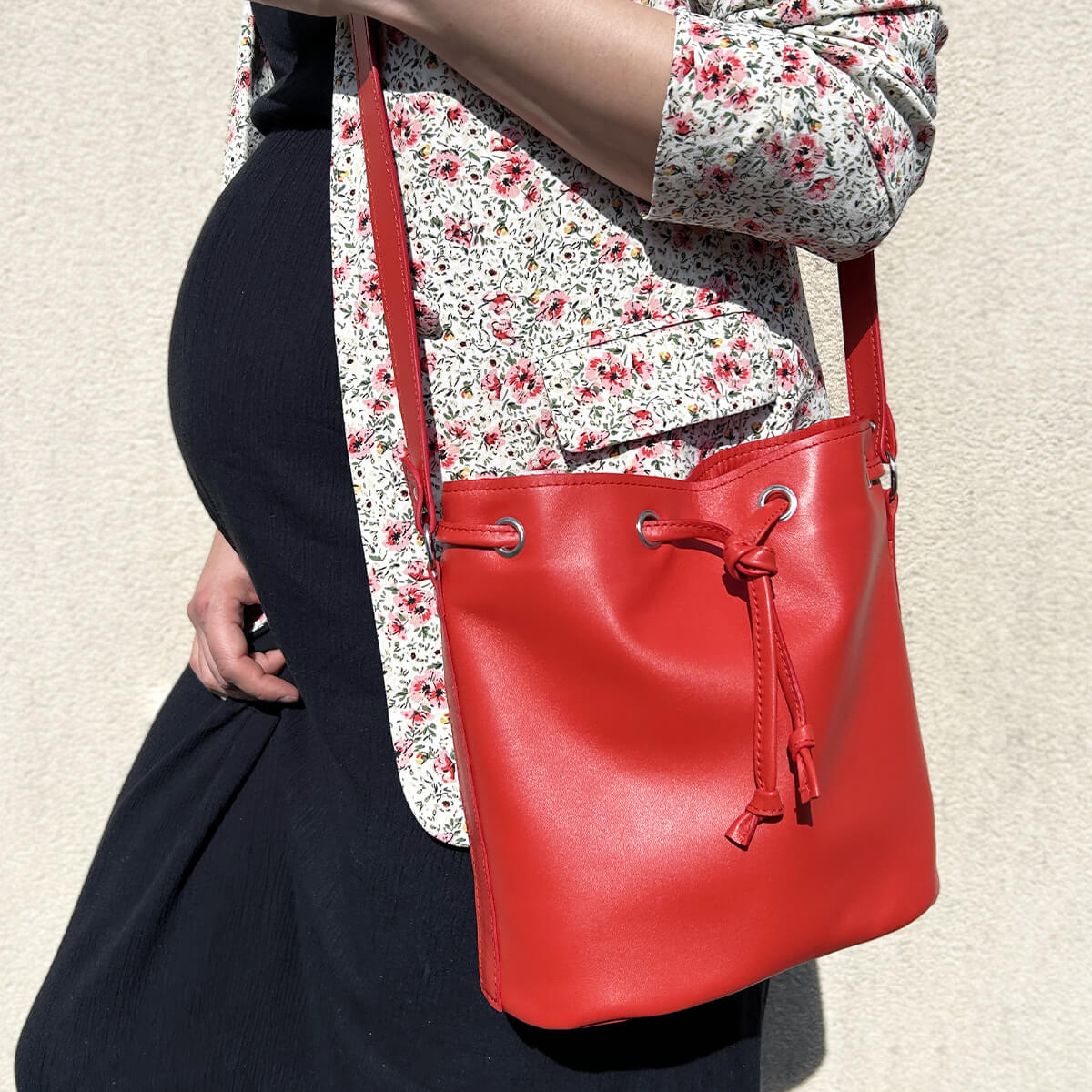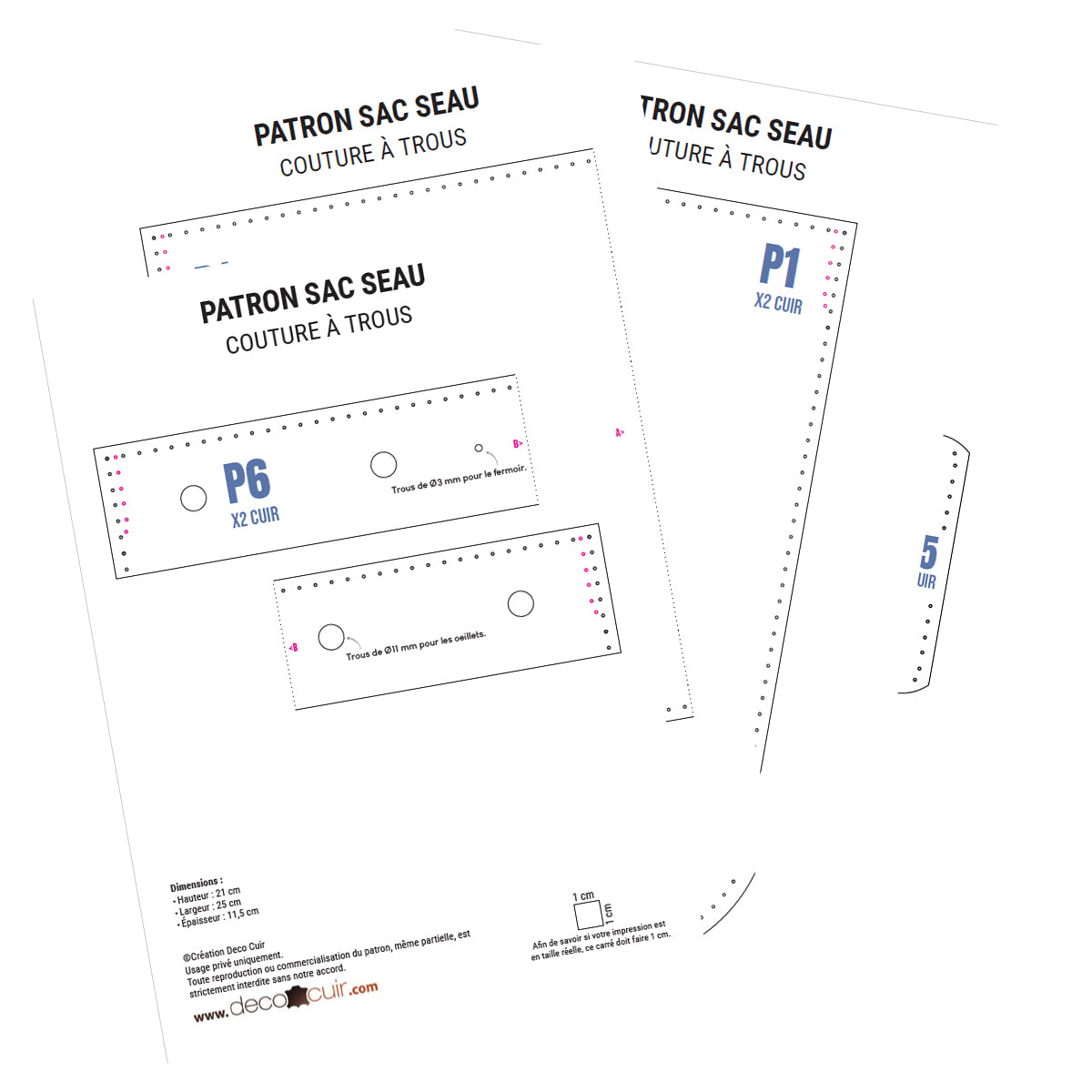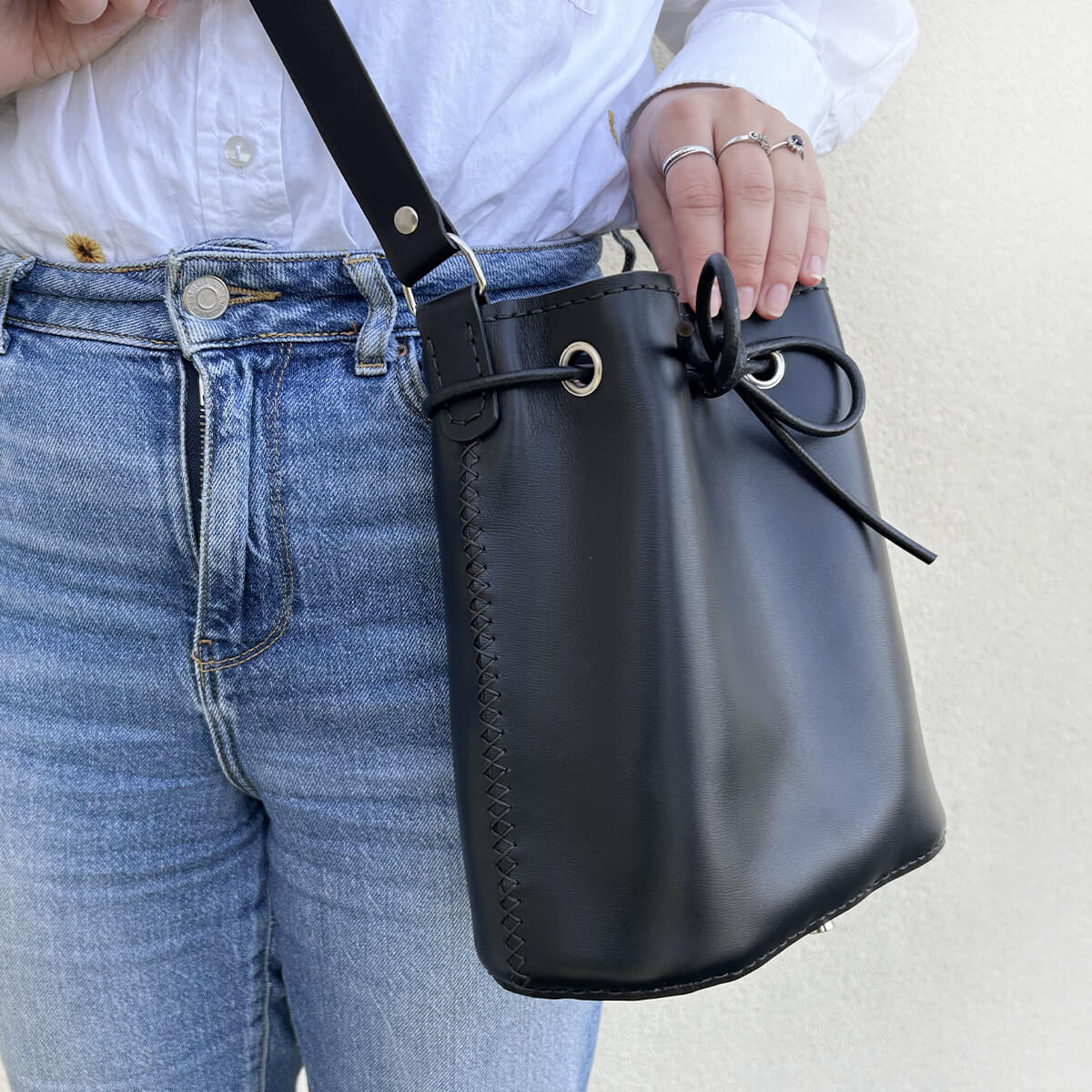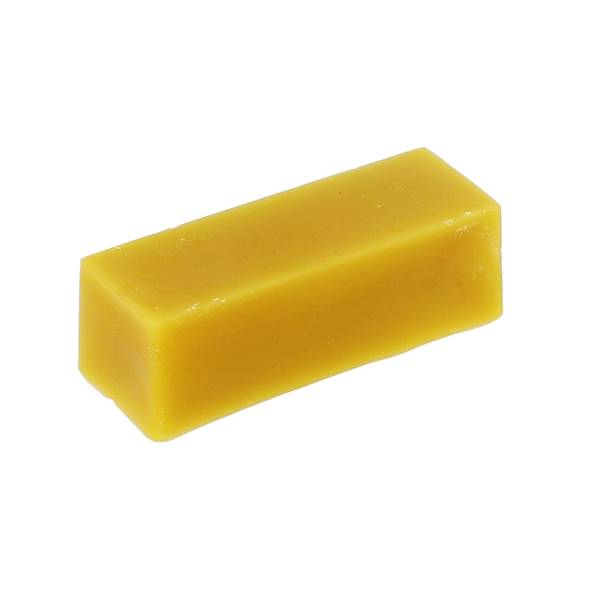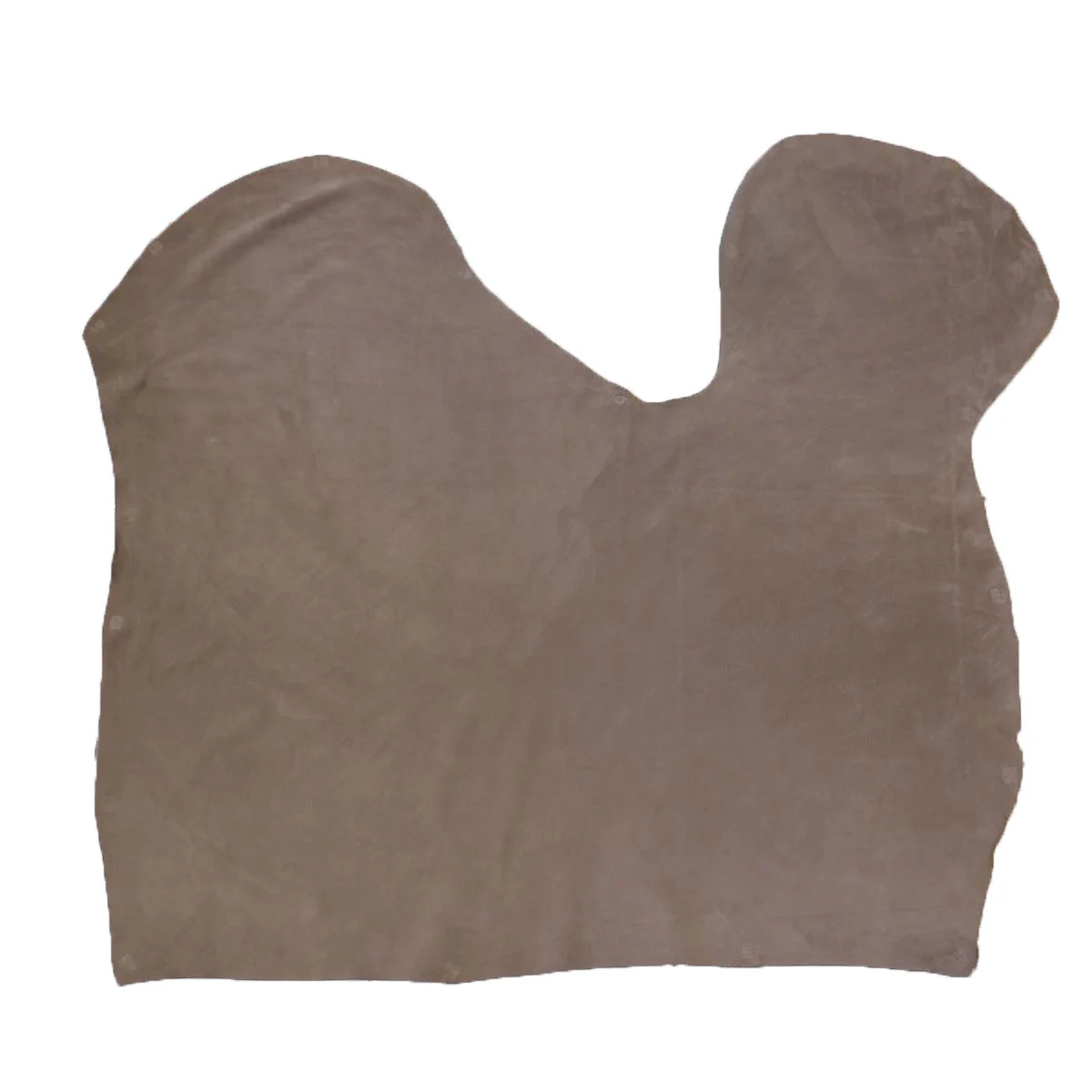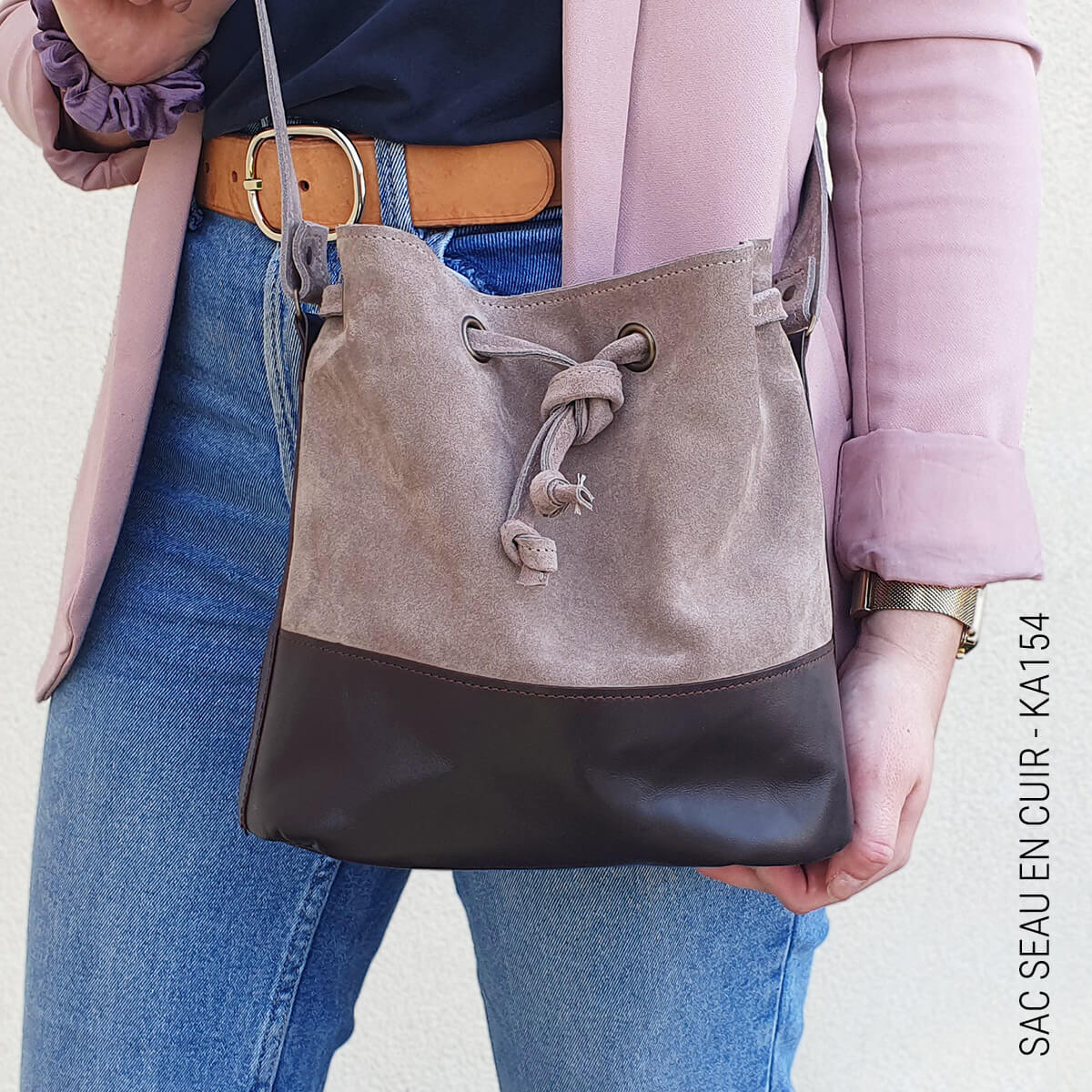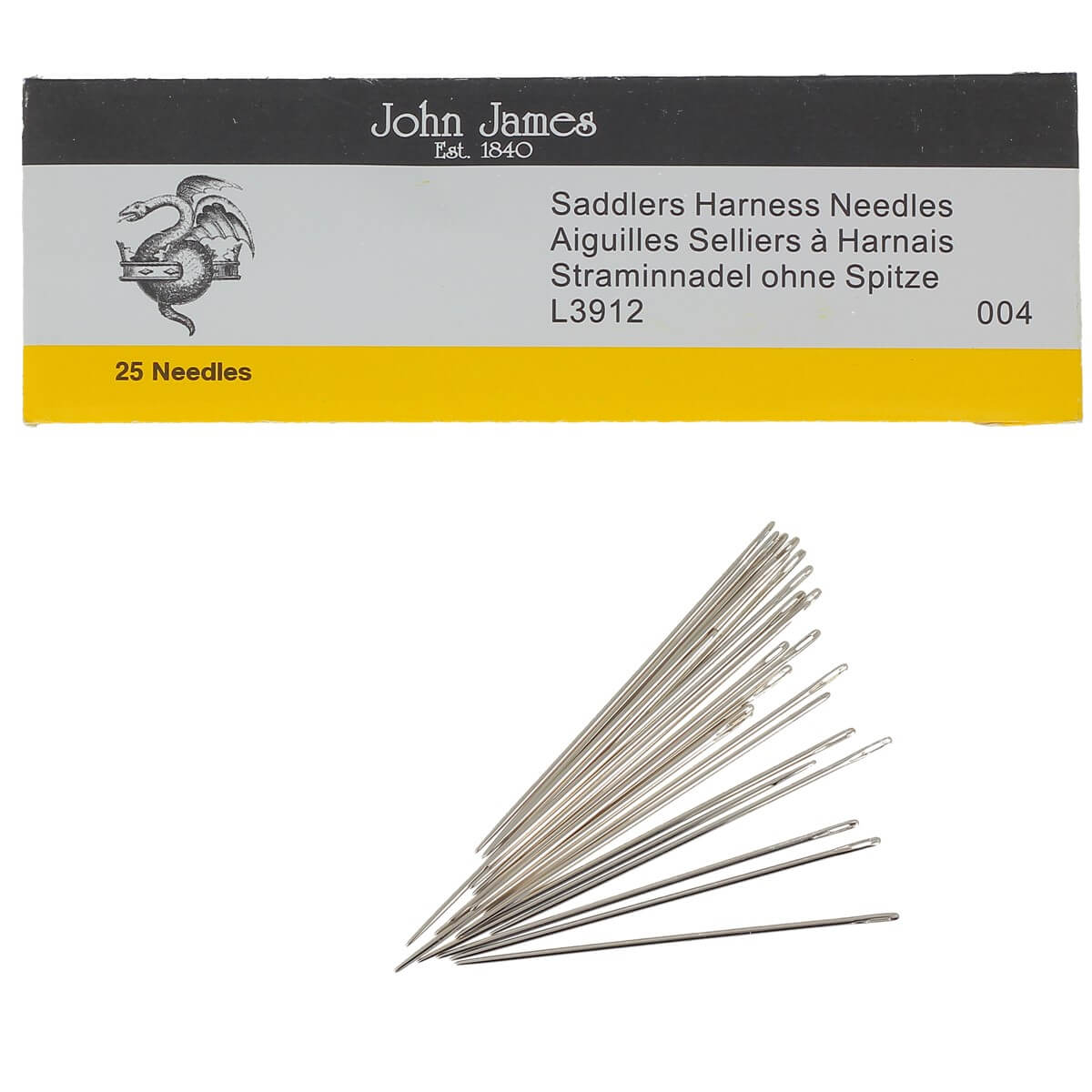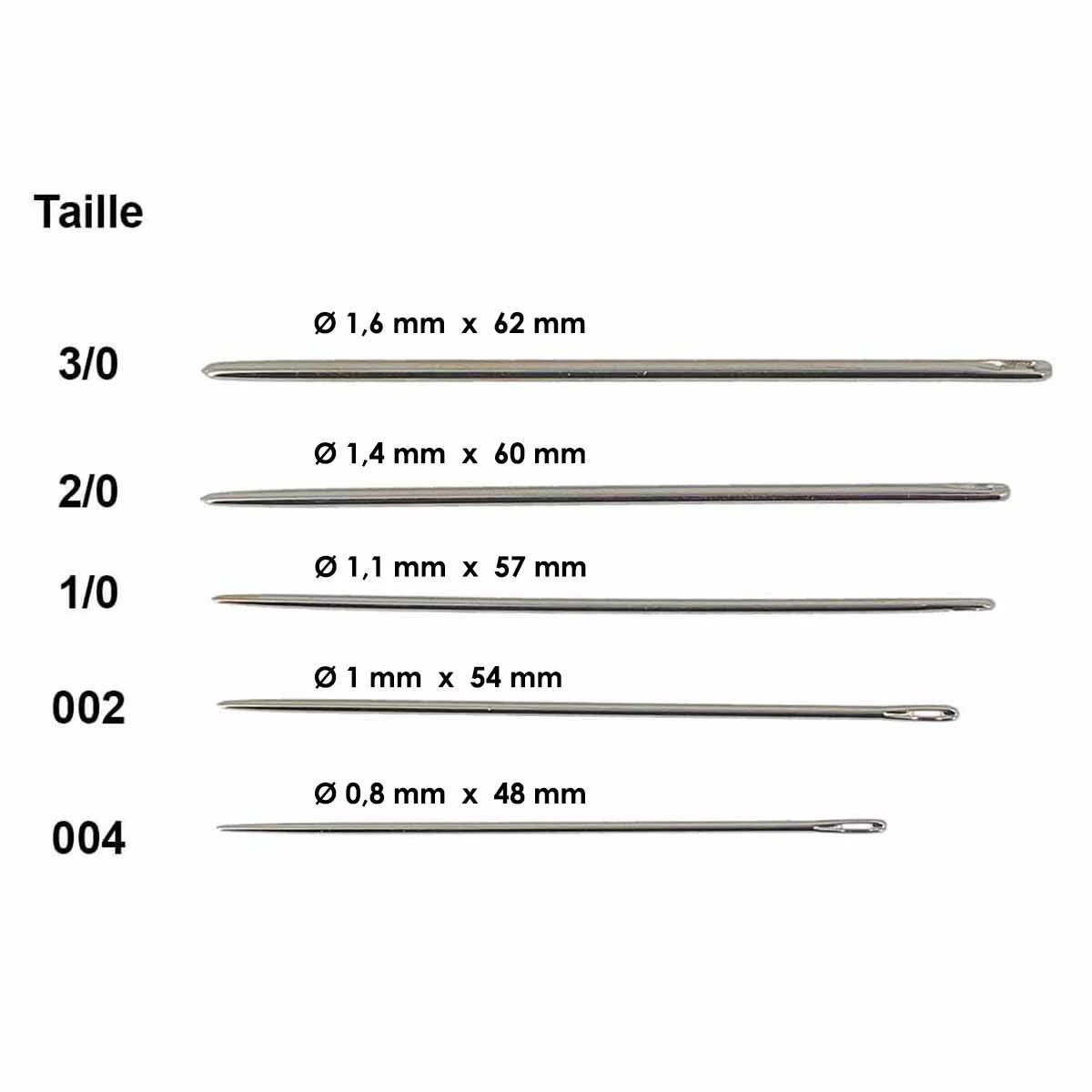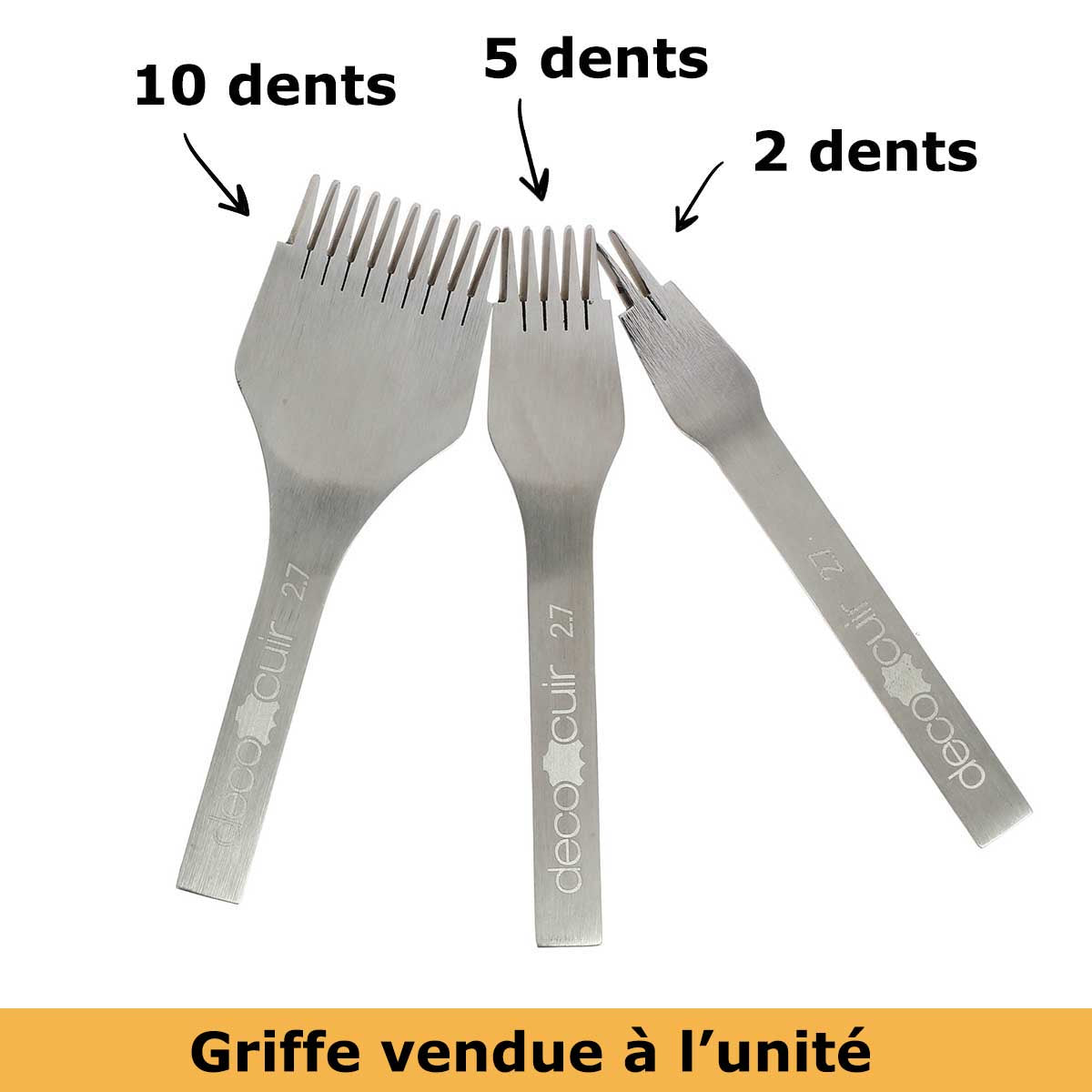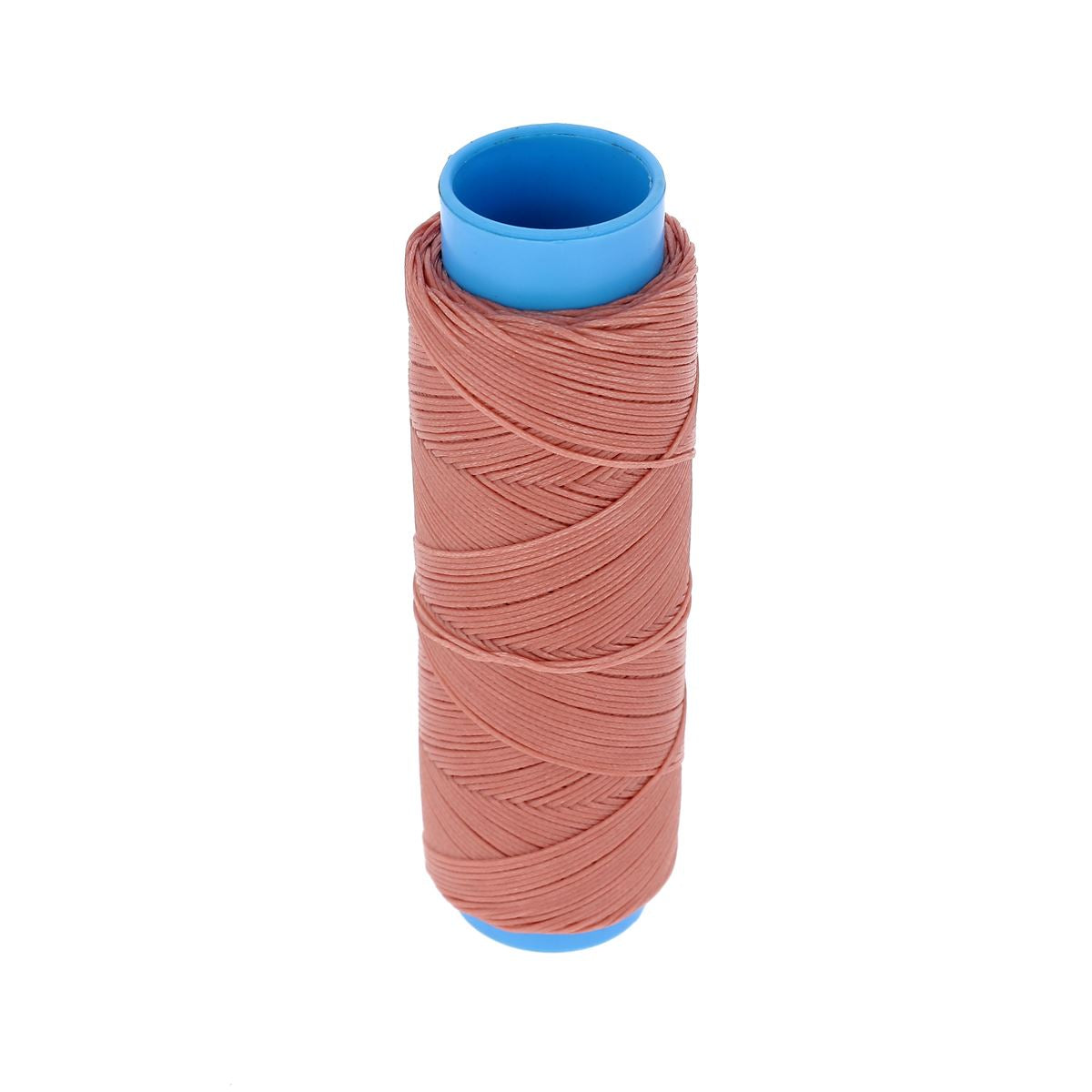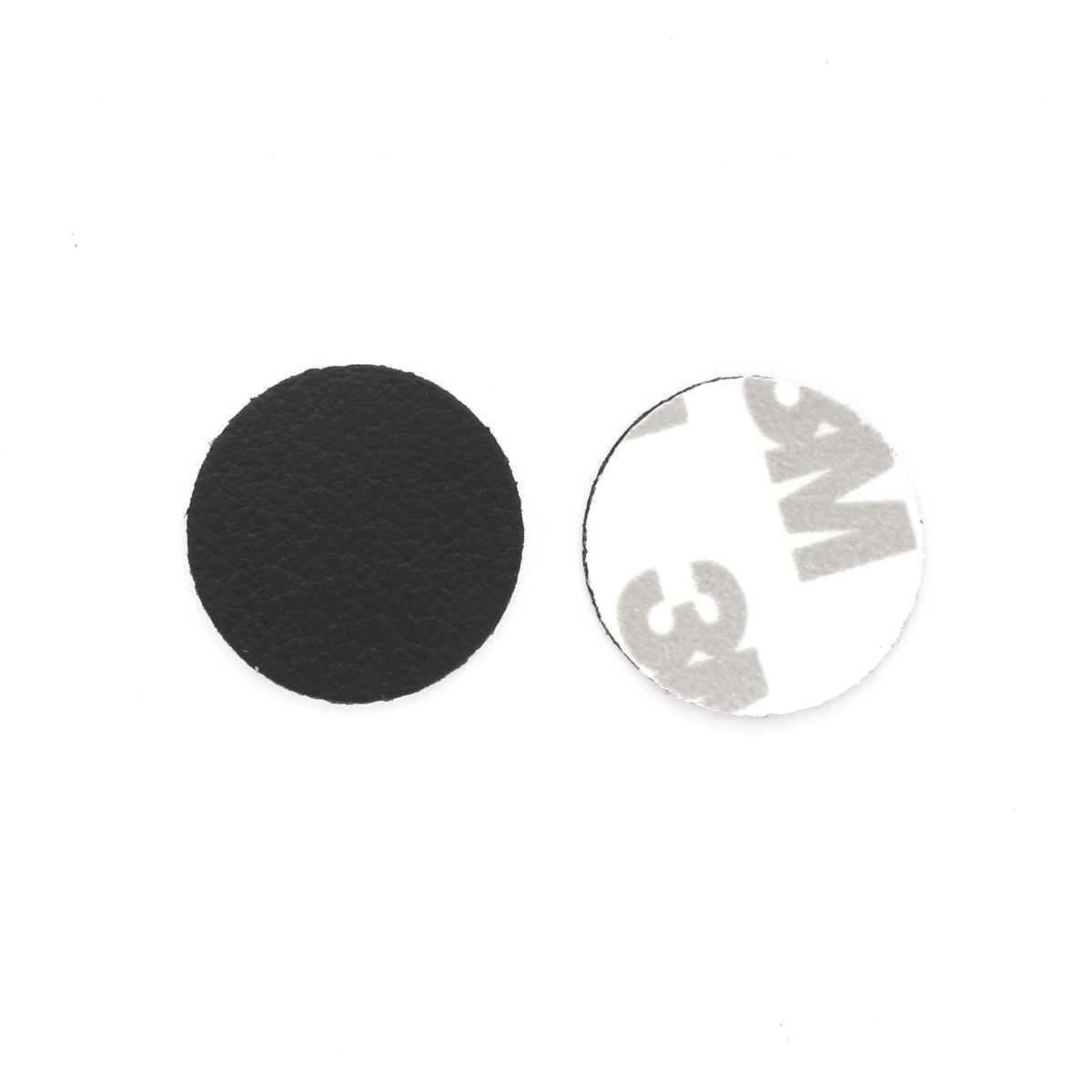For this tutorial we do not offer a free download of the pattern.
GET THE BOSS
Two possibilities to buy the pattern:
- in digital version (PDF to print in actual size and assemble)
- in paper version (B1 poster that you will receive at home).
On sale on our website!
THE MATERIAL NEEDED
To complete this tutorial you will need:- 1 soft leather skin of 0.55 m² (surface area given as an indication) - approximately 1 mm thick OR for the hand-sewn version: firmer leather from the Venus range (leather not followed).
- 8 rolling eyelets and installation tools - Ø11 mm
- 4 rectangular loops - dimensions 25 x 8 mm
- 1 belt buckle - width 25 mm
- 1 magnetic TOP clasp Ø 14 mm - ROUND
- 4 flat brass bag feet to screw - Ø 11 mm
- 1 set of 10 T3 double cap rivets
- 1 TEXON reinforcement plate - 20 x 30 cm - thickness 0.8 mm
- 1 coupon of alcantara microfibre for lining - 0.50 x 1.40 m
- The pattern in real size
- 1 cutter or scissors
- 1 cookie cutter Ø11 mm
- Double-sided tape
- Tear-proof tape
- Sewing clips
- Contact glue for leather
For machine sewing:
- 1 spool of polyester thread no. 30 (diameter 0.41 mm)
- Leather needle no. 100
- Teflon foot
For hand sewing:
- 1 spool of 100m of braided and waxed polyester thread - Diam 0.80 mm
- 1 ROUND punching cutter - Ø 1.20 mm
- 2 saddler needles - round tip - Size 1/0 - Ø 1.1 mm
CHOICE OF LEATHER
For the classic version : we recommend a soft nappa lambskin for a classic family machine. For a more powerful or industrial machine, you can select firmer leathers such as one of our sheepskin (lambskin - range followed).
For the two-tone version : we chose a leather from the Satinlys range (split in 0.8 mm thickness) with a suede crust (1.4 mm thick) to vary the textures.
For the hand-sewn version : we chose a semi-soft, semi-firm cowhide leather 1.5 mm thick (range not followed by Venus).
Some examples:
|
|
 |
 |
 |
*Please note that for the crocodile skin version, an industrial machine is required.
For the two-tone and hand-sewn version, go to the bottom of the page for additional information (tutorial).
CLASSIC VERSION
FULL TUTORIAL VIDEO
1. DRAW THE PATTERN
Using a silver pencil, trace the pattern pieces onto the grain side of the leather. Mark the centers with a silver pencil or by making a small 1 mm notch in the leather (see the lines on the pattern).
Also mark the position of the eyelets on parts P1.
Pay attention to the positioning of the pieces on the leather skin, keep some scraps to make the lace (see step 18).

Also trace pieces P2 and P3 in the lining and P4 in the texon (mark the centers).

2. Cut out the different pieces
Cut out the different pieces of leather and lining with a cutter or a pair of scissors. Also cut out piece P4 in the texon.

|
 |

|
 |
3. Prepare the bag strap
Cut the P7 strip in two along the dotted lines (to have two strips 7 cm wide and 65 cm long). Then, glue the two strips, wrong side to wrong side (flesh to flesh), with leather contact glue.
Option: add tear-resistant tape to the ends to reinforce the strap.
 |
 |
Flatten the collage with a steel roller.

From this large doubled strip, cut 2 strips 2.5 cm wide and 65 cm long.

4. Work the slices
Before assembly, work the slices of the following pieces:
- all sides of the 2 P5 pieces.
- the 2 widths of the 2 pieces P1 (tint on the top 5 cm only, the rest of the widths will be hidden by the pieces P5).
- only 3 of the 4 sides of the 2 pieces P6: do not work the upper length.
The other slices will be worked at the end of the assembly.
The work of the slices is done with a finish/paint for slices. It is necessary to put 2 to 3 layers of finish. For more information we invite you to consult the guide below.
 |
 |
5. PREPARE THE DIFFERENT PARTS
Place tear-proof tape on the top of the 2 P5 pieces, approximately 7 cm.

Place double-sided tape along the entire length of the P5 pieces. Then, insert the rectangular loops and fold over 2.5 cm. Do not remove the double-sided tape along the entire length.
 |
 |

Put double-sided tape on:
- the 2 widths of one of the P1 pieces on the reverse side of the leather. Do not put any on the second P1 piece.
- the length of the top of the 2 pieces P1 on the reverse side of the leather.
- the length of the bottom of the 2 pieces P1 on the right side of the leather (see step 10).
 |
 |
6. SEW THE BODY OF THE BAG
Glue part P1 with double-sided tape on one of the widths of the second part P1 which does not have double-sided tape. Glue wrong side to right side, 1 cm.
 |
 |
Then, sew the two pieces P1 on this width.
 |
 |
Glue one of the P5 pieces on the seam line with double-sided tape 1.5 cm from the bottom of piece P1 . Flatten the glue with a steel roller.
 |
 |

Sew twice, starting from the bottom so that the rectangular loop does not interfere with the sewing.

Using double-sided tape, glue the second width of P1 onto the other piece P1. Glue the wrong side to the right side, 1 cm.
 |
 |
Sew this width. Be careful not to sew the part below.

Glue and sew the second piece P5 to the side of P1 that has just been sewn.
 |
 |

7. INSTALL THE RIVETS
Make two Ø 3 mm holes below the rectangular loops of parts P5.
 |
 |
Then, install T3 rivets with the tool of your choice.
ACCESSORIES INSTALLATION GUIDE >
 |
 |
8. PREPARE THE P6 FACING
Place a magnetic top on the P6 pieces. The position of the clasp will depend on the position of your facing in the bag (see step 13) .

Place double-sided tape on the widths of one of the P6 pieces (on the back of the leather).

Glue one of the widths of P6 that has double-sided onto the width of the second P6 piece that does not have double-sided. Glue wrong side to right side, 1 cm.

Then, sew the two P6 pieces together along the width that has just been glued.

Glue the second width of P6 with double-sided tape and sew to close the facing.
 |
 |
9. PREPARE THE BOTTOM OF THE BAG
Glue the P4 piece in texon to the center of the P3 piece in leather, on the reverse side.
 |
 |
Drill the 4 holes Ø 3 mm in the bag feet.

Screw on the bag feet.
 |
 |
10. SEW THE BOTTOM ON THE BAG
Glue, edge to edge, right side against right side, piece P3 (bag bottom) to the bottom of P1. Use the middles of the pieces to glue in the right place.
 |
 |
Hold everything together with sewing clips.

Then, sew all around the bottom of the bag, using the texon to make a nice curve (sew as close as possible to the texon).

Glue the leather edges of the bottom of the bag onto the texon part to avoid excess thickness once the bag is turned over.
 |
 |
Turn the bag inside out.
 |
 |
11. MAKE THE LINING (here alcantara)
Sew edge to edge and right side to right side the two pieces P2 on both widths.
 |
 |
Using the middles, place the bottom of the lining bag (P3) right side against right side on P2. Hold with sewing clips.

Sew 1 cm all around.
 |
 |
Notch the rounding.

12. SEW THE FACING TO THE LINING
On the reverse side of the leather and on the bottom of P6, put double-sided tape 1 cm from the edge.

Glue the right side of the P2 lining to the wrong side of the P6 facing, 1 cm from the edge. Be careful to match the seams.
 |
 |
 |
 
|
Sew the facing onto the lining 5 mm from the edge.

13. SEW THE LINING INTO THE BAG
Insert the lining inside the bag. Glue the facing to the top of the bag with the double-sided tape (wrong side against wrong side).

Stagger the middles to avoid excess thickness. Be careful to position the facing correctly in relation to the position of the magnetic top so that it is centered (see step 8).
  |
 
|
Sew all around the top of the bag 5 mm from the edge.

14. INSTALL THE EYELETS
Make Ø 11 mm holes for the eyelets at the locations provided on the pattern (see part P1).

Install the rolling eyelets using the installation kit.
 |
 |
 |
 |
15. WORKING THE SLICES
Work the slices from the top of the bag.

16. PREPARE THE SHOULDER STRAP
Take the strips cut in step 3. On one of the strips, work one of the ends into a bullet shape.
 |
 |
On the same strip, make 5 holes of Ø 3 mm spaced 2.5 cm apart (center to center). Make the first hole 8 cm from the end in a bullet shape.
 |
 |
On the other strip, make an oblong hole (enchapure) 6 cm from one end. To make a enchapure, make two holes of Ø 3 mm spaced about 2 cm apart and connect them with a cutter.
 |
 |
Sew all around the straps.

Work the slices of the strips.

Make a loop: cut a strip 1 cm wide. The length is equal to 4x the thickness + 2x the width of the strap.
Example for a 2 mm thick laminated strip: (4 x 2) + (2 x 25) = 58 mm.
Join the two ends of the loop with a staple or a stitch.

 |
 |
Insert the belt loop at the oblong hole. Then, pass the belt buckle through the loop and fold the strap back 6 cm to block the belt loop.

Keep the strap folded and make a hole (Ø 3 mm) 2 cm from the center of the sash. Then, place a T3 rivet.

Make a second hole about 3 cm (center to center) from the first hole. Block the loop between the two holes and place a second rivet.

Assemble the two straps by passing the pointed end through the belt buckle.

17. ATTACH THE STRAP
Attach the strap to the rectangular loops with rivets.

18. MAKE AND PUT THE SHOE
Make the lace: cut 2 strips of leather 2 cm wide and 50 cm long. Assemble the 2 strips widthwise and sew them.
 |
 |

Fold the lace over itself and sew 3 mm from the edge. Use double-sided tape to help.
 |
 |
Work the slices of the lace.

Finally, pass the lace through the eyelets and tie a knot.

Option : if you do not want to make your own lace, we advise you to take 1 meter of round leather lace of Ø 5 mm.
 |
 |
TWO-TONE VERSION
The pattern for this version is included in the pattern for the classic version. The only difference with the classic version is that piece P1 is divided in two.
Video of the two-tone version
The necessary leather
- 1 skin of calfskin crust - velvet - 0.65 m² (surface area given for information purposes only) - 1.4 mm thick
- 1 piece of SATINLYS leather - 30 x 40 cm - 0.8 mm thick
- 1 piece of SATINLYS leather - 20 x 30 cm - 0.8 mm thick
Follow the same steps as the classic version except for the following steps:
Steps 1 and 2 - Cutting the parts
Part P1 is divided into two parts. You have to cut the right pieces from the right leather (suede split leather or smooth leather). Be careful when tracing the pattern and cutting the pieces.
- Pieces P1-1, P6 and P7 will be cut from the suede crust.
- Pieces P1-2, P3 and P5 will be cut from smooth leather.

Step 4 - Working the Tenches
Before assembly, work the slices of the following pieces:
- all sides of the 2 pieces P5,
- the upper length of the 2 parts P1-2.

Between step 5 and step 6 - Assemble part P1
Put double-sided tape on:
- the length of the top of the 2 pieces P1-2 (on the reverse side of the leather).
- the length of the bottom of the 2 pieces P1-2 (on the right side of the leather).
- the 2 widths of one of the pieces P1-2 (on the back of the leather). Do not put any on the second piece P1-2.
- the 2 widths of one of the pieces P1-1 (on the back of the leather). Do not put any on the second piece P1-1.
- the length of the top of the 2 pieces P1-1 (on the reverse side of the leather)
Glue the top length of the 2 pieces P1-2 right side to the bottom length of the 2 pieces P1-1. Glue 1 cm.

Then sew at 3 mm.

Parts P1-1 and P1-2 now form part P1.
From step 6 to the end, repeat the steps of the classic version.
HAND-SEWN VERSION
You don't have a sewing machine or your family machine is not powerful enough to sew leather? Opt for the hand sewing version (saddle stitch sewing or simplified hole sewing), accessible to beginners!
Video of the hand sewing version
HAND SEWING LEATHER
Discover, in the guide below, the essential points to know before starting to sew leather by hand.
SEE THE SIMPLIFIED SEWING GUIDE >
SEE THE SADDLESTITCH SEWING GUIDE >
The necessary leather
- 1 skin of semi-soft, semi-firm or firm cowhide leather - thickness 1.5 mm - surface area 0.45 m² (surface area given for information purposes only).
- 1 strip of vegetable tanned collar leather - Thickness 1.9 mm - width 25 mm - length 120 cm.
For this version, there is no lining or texon (see the list of accessories at the top of the blog post) .
GET THE BOSS
The hand-sewn version of the bucket bag pattern is on sale on our site in digital version (PDF to print in actual size and assemble) .
1. Cut out the pieces
Trace and cut out the different pieces of leather with a cutter. Also mark the position of the eyelets, the magnetic top and the bag feet.
Hold the parts together with masking tape or a weight.

For the simplified sewing version: punch the 1.2 mm diameter holes with a round punch.
For the saddle stitch sewing version: mark the stitching points with a striking claw.

2. Work the slices
Before assembly, work the slices of the following pieces:
- all sides of the 2 pieces P5,
- of the length of the bottom of the 2 pieces P1,
- 3 sides of the 2 pieces P6 (do not work the upper length) .

3. Sew the body of the bag
Assemble the two pieces P1 together (edge to edge) on one of the widths with a lacing seam.
Lacing sewing technique:
- Cutting a thread (polyester or linen): take an armful = length with arms outstretched so as not to have to handle meters of thread.
- Thread a needle into each end of the thread (see sewing guide).
SEE THE SIMPLIFIED SEWING GUIDE >
SEE THE SADDLESTITCH SEWING GUIDE >
- Place the two P1 pieces next to each other.
- Insert the needles into the first holes of each piece P1 (face to face).
- Take a needle and insert it into the hole diagonally (like for shoe lacing).
- Do the same with the second needle and so on.
- Once you reach the bottom of the piece, go back up and sew in the other direction.
- Tie a knot to close the seam.
Watch the video at 01:05 min.
 |
 |
 |
 |
Sew the second width of P1 in the same way.

4. Sew the bottom of the bag
Drill the 4 holes Ø 3 mm and screw the bag feet.

Place a self-adhesive leather pad on the screws of the bag foot so that they are not visible inside the bag. We sell them on our site: self-adhesive leather protection circles - BLACK - Reference DA066.
 |
 |
Sew the bottom of piece P1 onto the piece P3. Sew right side against right side using the simplified sewing technique or with a saddle stitch ( do not lace as in the previous step ).
SEE THE SIMPLIFIED SEWING GUIDE >
SEE THE SADDLESTITCH SEWING GUIDE >
 |
 |

5. Sew the facing
Place a magnetic top on the P6 pieces at the location indicated on the pattern.

Assemble pieces P6 by sewing the two widths together, in the same way as sewing the sides of pieces P1 (a lacing) .
 |
 |
Sew piece P6 to the top of piece P1. Sew wrong sides together with a simplified seam or saddle stitch.
 |
 |
6. Work the slices
Work the top slices of the bag with a slice dye.

7. Sew the pieces P5
Insert the rectangular loops in the center of the P5 pieces. Then, sew the P5 pieces on the top of P1 with a simplified seam or saddle stitch.
 |
 |
8. Place the eyelets
Make 11 mm diameter holes for the eyelets at the locations provided on the pattern.

Then, place the eyelets (see instructions in the eyelet box) .

9. Make the strap
Take the leather strip from the collar and work the edges with tokonole or an edge finish.

To prepare and attach the strap to the bag, repeat steps 16 and 17 of the classic version.

10. Pass the lace through the eyelets
Take the Ø5 mm round lace and pass it through the eyelets.
 |
 |
YOU'RE DONE!
Classic version
 |
 |


Hand-sewn version
 |
 |





